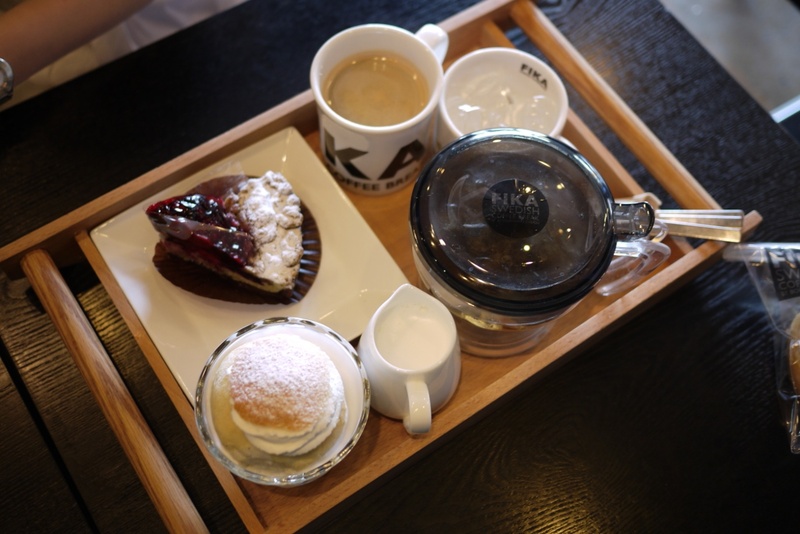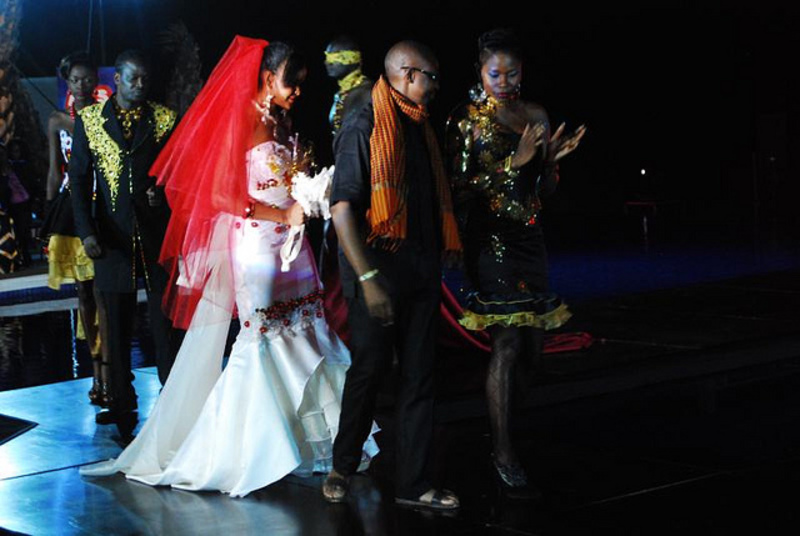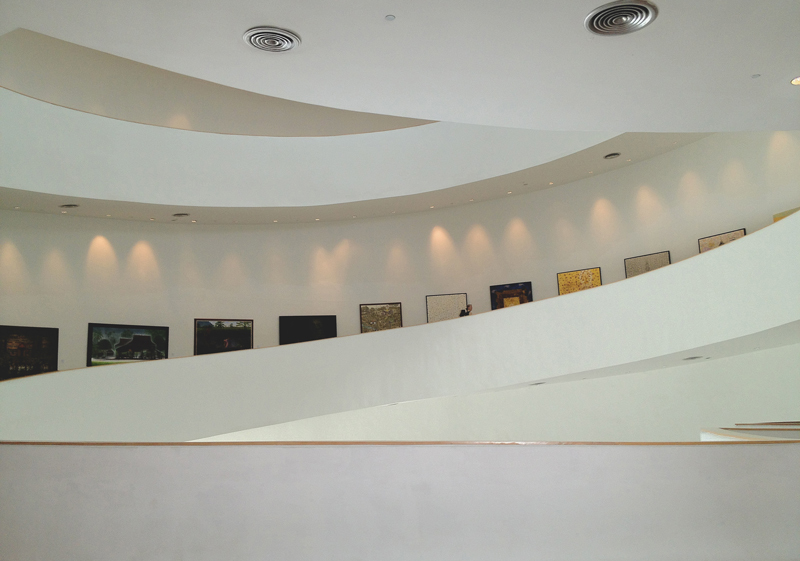Månadens Post
Designing R Hoover October 2006
Publicerat 2006.10.11
by Richard Hoover, New York, United States
States of confusion are often good things although they feel like bad things. We do, after all, live in the world with persistent contradictions and with long bloody histories. I think in imperial United States this may be most particularly true. It may be appropriate now to state that here we live in confusion and, I will add, a state of sadness. Our national identity is in crisis. It turns out we are isolated, it turns out we have been that way for years. We think we are powerless. We find ourselves living in a ground zero of an aggressive world commercialism, in a permanent state of war, all of which is a sort of bludgeoning of our basic human sense of innocence and which may lead us individually to a state of ambivalence.
I find myself living here, a stage and film “set” designer. I am in an ideal sense a “visual story teller”, living a freelance life that might be viewed as “glamorous” by some, in which the very centre and purpose of the work ideal is under attack from both market forces as well as the faltering of personal will. I mean that design that does not seem truthful is often impossible to do. And of course the truth has been bought and sold.
I do not want to sound righteous. I do want to say that the external
political seems not separate from the internal personal where the design process begins. I want to say that designers of all crafts are caught in the contradiction of making objects that may be irrelevant to the real shape of the world. Again, in stage or film work, if I do not feel and understand it, I cannot design it.
I am stage and film designer. I make environments supportive of performed stories in the entertainment industry. In the theatre I am called a “set designer”. In film industry I am called a “production designer”. But in both forms the work of designer is about the same. I am a designer working in both forms. I grew up ambitious for theatre as a way to find identity and I found film along the way at first as a path to making a living and later as a “purpose” in a more political way. I still do theatre work, which energizes design and tortures the bank account. I do film work that I think reflects a humanist ideal. I try to allow one media to inform, and energize the other. This is an ideal.
Most often the stories are in a scripted form, with visual ideas first suggested by the writer and then interpreted by the director and his or her partner, the designer. The director works in collaboration with the design team: scenery, lighting and clothing. The designers interpret and imagine from there, using their own aesthetics to make physical space that reflects the practical facts inherent in the script (such as place, mood, time of year, action, character detail). The work of the “set” designer hinges on the theme of the story itself in harmony with the focus of the “director”.
Sometimes it is a blank slate, sometimes parts of the visualization have been well developed by the director. Some times the designer will offer up the visual. I rely on the collaboration of the team, and while I form my own ideas, it is completely necessary, no matter what, to communicate these ideas to the director and to respond to their visions for the piece. The work involves both a sense of play as well as need for rigorous dramaturgy.
I function as a lobbyist. If an idea is strongly apparent I need to make ways to convince my collaborators. But here the trail of communication is not always linear: visual ideas are discussed constantly until all the team members including actors have joined the process.
If I feel connected to the story, the process will go much better. If
I do not “feel” it, well perhaps you can imagine. Over the years, in a way, I have been building an aesthetic which is less a manifesto and more a fluid understanding of the “reality” of the story energized by the inner need to discover it’s “truth”. These days I am not interested in making “scenery” but rather want in the choice of materials, rendering of shape, and general expressive spirit location to expose the truth of the story. This may mean in the design a sort of stylistic bluntness, the removal of sentimentality, and perhaps the denial of romance. I am tired of the bullshit.
The question at hand is the relevance of this work to our current cultures. Do enough people see it? Does it matter to the real politic? Do the pieces speak to the shape our emotional and political times? I pose that, for the most, the work does not connect, that it in fact misses the point, becomes decoration rather than meaning, is a voice speaking to the convinced.
Now I cannot answer this alone and want to ask for dialogue through this site. I want to listen to what designers think and feel. We are all so isolated. We are all lectured to and not often listened to so our voices feel alone speaking only to oneself. I offer a hope that we might begin this here.
Richard Hoover är Production Designer/Set Designer från New York. Richard arbetade bland annat som Production Designer på tv-serien ”Twin Peaks” i början av 90-talet. Senast har han arbetat med filmen ”North Country” med bland andra skådespelerskan Charlize Theron. Läs mer om Richard här.
Maila gärna dina reflektioner och kommentarer på Richard’s text till info.ada@brg.goteborg.se. De kommer att presenteras på hemsidan längre fram i höst.


